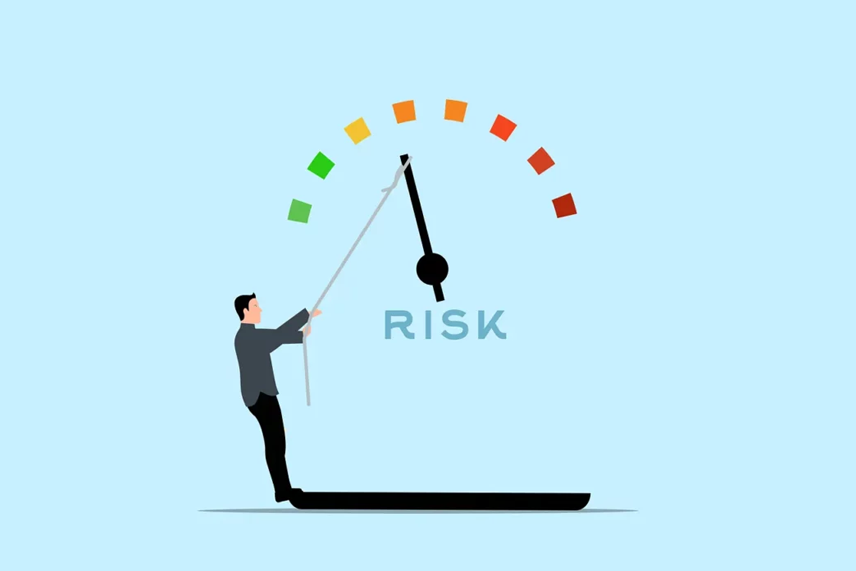- Address : P9FG+V4R, Shimutala, Matigara, Baniakhari
- /
- Email : splogos2022@gmail.com
- Home
- -Blogs Details
Blogs Details

- Feb 24,2025
- Admin
5 Real-World Project Risk Management Case Studies You Should Know
Project risk management plays a crucial role in today’s business environment. It helps organizations identify, assess, and mitigate potential risks that could negatively impact project outcomes, ensuring smoother execution and increasing the likelihood of success. Effective risk management is essential for maintaining timelines, budgets, and quality standards, particularly in complex projects with multiple stakeholders. Exploring real-world risk management case study examples allows project managers and organizations to better understand how strategic planning, assessment, and control mechanisms work in practice. These examples span industries such as construction, IT, and telecommunications, each showcasing unique challenges and tailored solutions that ensured project success.
This article highlights 5 project risk management case studies that shed light on this critical aspect of project management. It draws on recent data and statistics from credible sources to emphasize the importance of risk management in projects. These insights provide a solid foundation for understanding the topic and its significance in the modern business landscape.
Understanding Project Risk Management
Risk management plays a crucial role in every project. It involves a range of tools to identify potential threats to a project’s success and strategies to mitigate them. Let’s explore recent statistics and examples for a clearer understanding. Statistics reveal that up to 70% of all projects fail, underscoring the critical need for effective project risk management.




